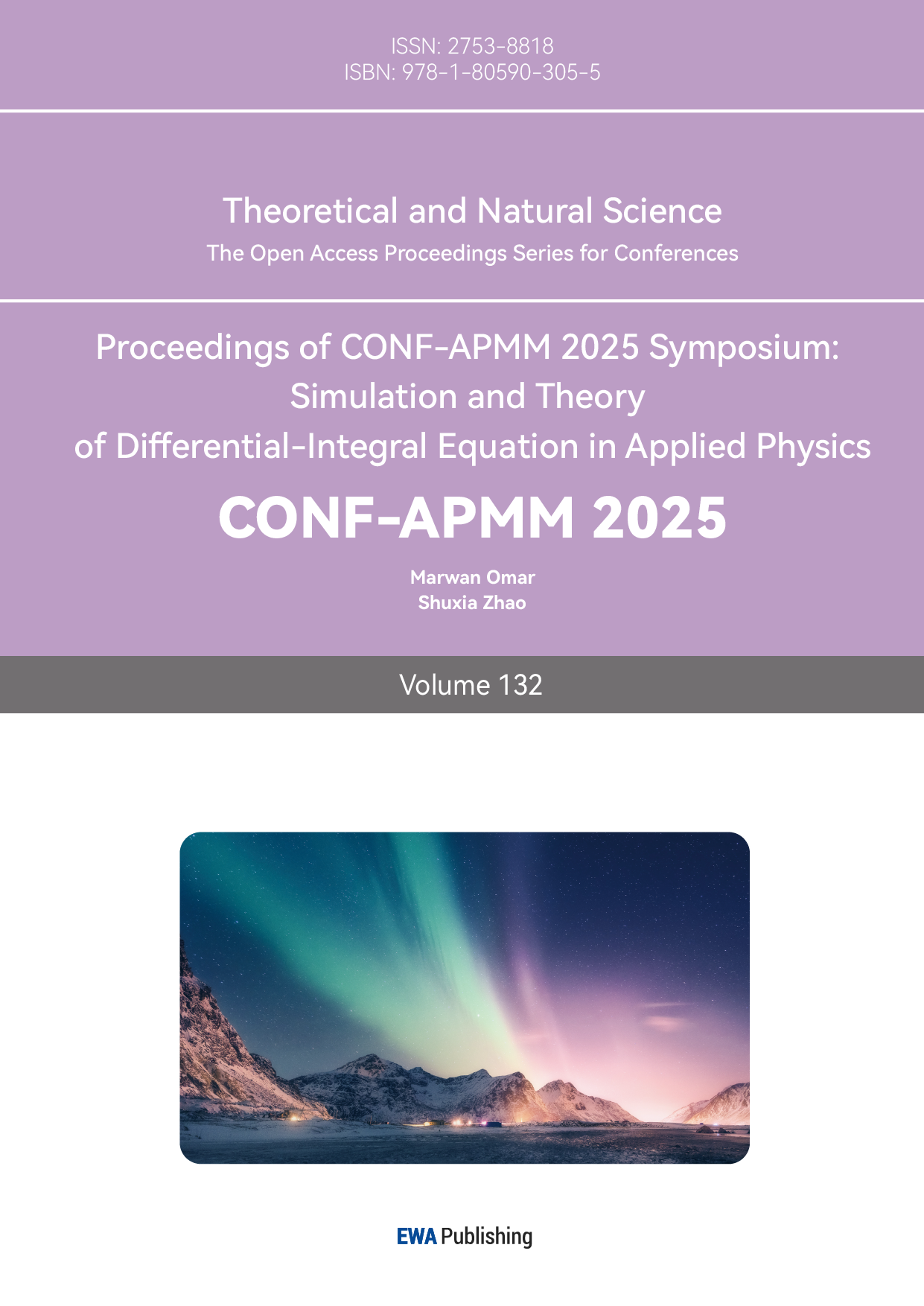References
[1]. Kleiner, I. (1986). The evolution of group theory: A brief survey. Mathematics Magazine, 59(4), 195-215.
[2]. Hobbs, M., & Mallory, E. (2025). A Biography of Vilhjalmur Stefansson, Canadian Arctic Explorer (Vancouver: UBC Press, 1986); Gísli Pálsson, Travelling Passions: The Hidden Life of Vilhjalmur Stefansson, trans. Keneva Kunz (Winnipeg: University of Manitoba Press, 2005); and Janice Cavell and Jeff Noakes, Acts of Occupation: Canada and Arctic Sovereignty, 1918–25 (Vancouver: UBC Press, 2010). 20 On Stefansson's anthropological fieldwork in northern Canada, see Gísli Pálsson, ed., Writing. A Cold Colonialism: Modern Exploration and the Canadian North, 275.
[3]. Roth, R. L. (2001). A history of Lagrange's theorem on groups. Mathematics Magazine, 74(2), 99-108.
[4]. Lienert, C. (2023). Lagrange’s Proof of Wilson’s Theorem—and More!.
[5]. Joseph Vandehey. 2018. Lagrange’s Theorem for Continued Fractions on the Heisenberg Group.
[6]. Hassanzadeh, M. (2019). Lagrange's theorem for Hom-groups.
[7]. Armstrong, M. A. (1988). Lagrange’s theorem. In Groups and Symmetry (pp. 57-60). New York, NY: Springer New York.
[8]. Johnson, W. (1983). A note on Lagrange's theorem. The American Mathematical Monthly, 90(2), 132-133.



